The Casentinesi forests, Monte Falterona and Campigna National Park is a national nature park established in 1993 and located on the Apennines ridge between Tuscany and Emilia Romagna, straddling the provinces of Forlì-Cesena, Arezzo and Florence.
It is a vast protected area with many age-old woods, mystical sanctuaries, and waterfalls. Its beech forests have been recognized as World Heritage Sites.
Furthermore, the entire area has recently been included in the IUCN’s (International Union for the Conservation of Nature) “Green List” of the most important parks in the world for natural preservation and sustainable management.
The origins of the park
The area between Emilia Romagna and Tuscany was historically inhabited by Etruscan peoples, who crossed this strip of land to connect the south part of Etruria with the Po Valley.
In the Middle Ages, the valleys and mountains of this part of the Apennines became the crossroads of many routes traveled by pilgrims from the North and East of Europe.
During the Renaissance, the territory passed under the rule of Florence, and it was administered through the “Opera Laica del Duomo di Firenze“. It was a secular institution that managed these Forests and used their wood for the construction of various buildings, including the Brunelleschi’s Dome in Florence and the mainmasts of the Pisa and Livorno naval fleets.
The territory of the Casetinesi Forests has remained unspoiled to this today thanks to the monastic settlements of San Romualdo and Camaldoli founded in 1212 and of San Francesco d’Assisi in La Verna founded in 1213.
During the centuries the Park has been a source of inspiration for saints, painters, writers, and artists of all kinds. Among its most illustrious visitors, it is worth mentioning the great poet and writer Dante Alighieri, who was particularly impressed by the Acquacheta waterfall, which was also celebrated in his Poem “La Divina Commedia“.
What to do
Spring
Undoubtedly the best season to experience the Park. Every year, after a long, cold winter, the beech forests of the Park awaken and adorn the landscape with their green foliage. The gushing of mountain springs and streams fills the air.
Spring is the perfect time to go hiking or cycling in the Park, or to just find a nice spot and bask in the sunlight.
Summer
In the summer the Park offers the possibility to go hiking, mountain biking or even horseback riding.
It is also possible to go on boat trips on the Lake of Ridracoli. There is nothing better than being outdoors in these ancient forests, enjoying the special climate that these areas offer especially in the summer.
Fallow deer fighting | Ph. © Giacomini, via Foreste Casentinesi Park
La Verna Sanctuary | Ph. © Giacomini, via Foreste Casentinesi Park
Osteria del Terrore, Valley of Ridracoli | Ph. © Locatelli, via Foreste Casentinesi Park
Fox (Vulpes vulpes) | Ph. © Sauli, via Foreste Casentinesi Park
Autumn | Ph. © Giacomini, via Foreste Casentinesi Park
Wolf’s footprint (Canis lupus) | Ph. © Capaccioli, via Foreste Casentinesi Park
Foreste Casentinesi National Park | Ph. © Liverani, via Foreste Casentinesi Park
Acquacheta Waterfalls | Ph. © Del Vecchio, via Foreste Casentinesi Park
Autumn
Autumn is the season of colours, sounds and flavours in the Casentinesi Forests Park: from the bright colours of the foliage, to the bellow of the deer and the richness of the culinary tradition of the area.
Winter
During winter, the landscape of the Park changes completely. The peaks are covered in snow, the forests are barren and silent, and the sun shines above the mist that covers the valley.
It is the perfect time to put on a pair of snowshoes and discover the Park in a different way.
Three places to visit
- The Acquacheta Waterfalls
The Acquacheta river is the most important tributary of the Montone river and before reaching the village of San Benedetto in Alpe it makes a jump of over 70 meters creating the waterfall of the same name.
The waterfall, described by Dante Alighieri in the “Divine Commedy”, can only be reached through a hike of a couple of hours that goes up the valley and it reaches, just upstream of the waterfall, the suggestive “Piana dei Romiti” with the ruins of an ancient village. - The Idols Lake
The “Idols Lake” is the most important archaeological site in the Park, where it is collected one of the most conspicuous testimonies of the ancient Etruscan cult. Located in Ciliegeta (1380 m), south of the top of Mount Falterona and a few hundred meters from the Arno river spring, it is geographically the central point connecting the Tuscan and Emilian Apennines.
In the VI century BC, the Etruscans considered Mount Falterona sacred and therefore threw their offers into the lake of Ciliegeta, near the source of the Arno river. From 1838 until today, numerous Etruscan relics have been found, some of which are kept at the British Museum in London and at the Louvre in Paris. - La Verna Sanctuary
In May 1213 Count Orlando Cattani from Chiusi donated to San Francesco the “La Verna” Mount.
The limestone cliff culminating in Monte Penna rises abruptly from the bed of clay on which it floats: the rocks are covered by the forest, preserved for almost eight centuries of Franciscan management, that saw the forest as an expression of the power of God to be respected and venerated.
But the Sanctuary of La Verna is also a place deeply imbued with religious spirituality, here in 1224 St. Francis received the Stigmata, and had the opportunity to reflect upon the profound link between man and natural creation that would become a distinctive feature of his preaching.
Recommended Excursion
The “Casentinesi forests, Monte Falterona and Campigna National Park” can be explored in many different ways: from normal walking to mountain biking, from long spiritual paths to hiking along the Apennine ridges.
For those who are interested in more challenging excursions, we recommend to take a look at the interactive map on the official website or purchase the Park Path Map.
Along the nine Nature Trails inside the park there are some pre-established observation points, marked by special signposts, where it is possible to observe territorial landmarks.
Among these, we point out the hike between the beech woods of Badia Prataglia that goes up towards the Hermitage of Camaldoli, passing through a small, enchanting valley covered by a spectacular beech forest.
We also point out the walk to the hermitage of Camaldoli, perhaps the most famous place of the Park for its high natural value.
Finally, don’t miss the nature trail dedicated to the “Abete Bianco“, located inside one of the most beautiful and best-preserved fir wood of the Park. It is an artificial forest with a mysterious appearance, inside which can be found floristic species of considerable scientific importance.
Visitors Centers
The “Casentinesi forests, Monte Falterona and Campigna National Park”, due the complexity of the environment that it preserves, includes as many as 15 different Visitor Centers spread throughout its territory and with different themes and insights according to the setting.
From visitors centres dedicated to geology and thermal baths in the village of Bagno di Romagna, to the one dedicated to the Apennine Fauna in Premilcuore, passing by the many botanical gardens set up inside the Park territory.
How to get there
By Car
In Tuscany you can reach the Park by taking the highway A1 (Milano-Roma), at the toll gates of Barberino del Mugello, Firenze and Arezzo:
From Barberino and from Firenze, on the SS road 67, you can reach the Municipalities of San Godenzo and Londa.
From Firenze, beyond Pontassieve, take the SR road 70 to reach the Municipalities of Pratovecchio, Stia, Poppi, and Bibbiena.
From Arezzo, along the SR road 71, you can reach the Municipalities of Bibbiena, Poppi, Pratovecchio, and Stia; from Bibbiena, by taking SP 208, you can reach the Municipalities of Chiusi della Verna.
From Romagna you can reach the Park by taking the highway A14 (Bologna-Rimini), at the tollgates of Faenza, Forlì, and Cesena:
From Faenza, along the Tramazzo valley, you can reach the Municipality of Tredozio.
From Forlì, along the Montone valley (SS.67), Rabbi valley (SP 3) and Bidente valley (SP 4), you can reach Portico-San Benedetto, Premilcuore, and Santa Sofia respectively.
From Cesena, along the Savio valley by taking E45, you can reach the Municipality of Bagno di Romagna.
By Train
In Tuscany, you can reach the Park by train from the railway stations of Bibbiena, Poppi, Pratovecchio and Stia in Casentino; Pontassieve and Contea-Londa in Mugello.
In Romagna you can reach the Park by train from the railway stations of Faenza, Forlì, and Cesena;
Trains timetable is available at Trenitalia Official Web Site
Public Transport
In Toscana, you can reach the Park by taking the bus service SITA and LFI
In Romagna, you can reach the Park by taking the bus service Start Romagna
Author

Walter Manni
Explorer and Adventurer: loves sailing the oceans, climbing the highest mountains and surfing on the waves of the web
You may also like
5 hikes to discover the Casentinesi Forests on foot
by Elisa Mazzini /// October 19, 2020
Cycle paths of the parks, cycling through nature in Emilia-Romagna
by Celestina Paglia /// July 23, 2018
6 idee per scoprire il Parco delle Foreste Casentinesi
by Celestina Paglia /// September 20, 2016

Interested in our newsletter?
Every first of the month, an email (in Italian) with selected contents and upcoming events.
Parks and thermal spas: a weekend of wellbeing
by Celestina Paglia /// September 21, 2020
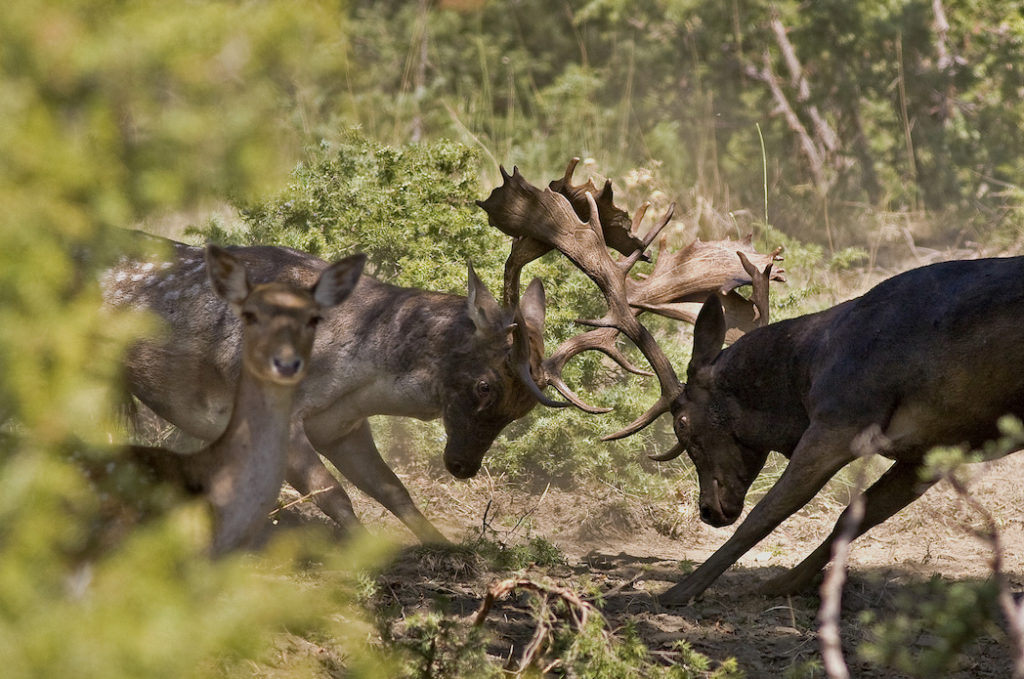


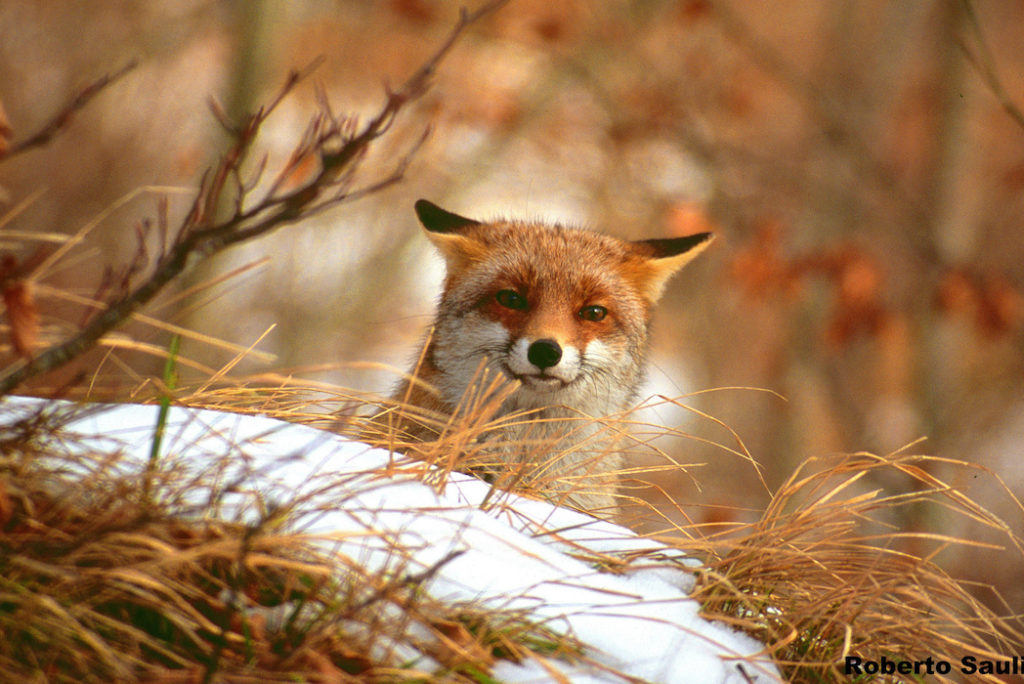


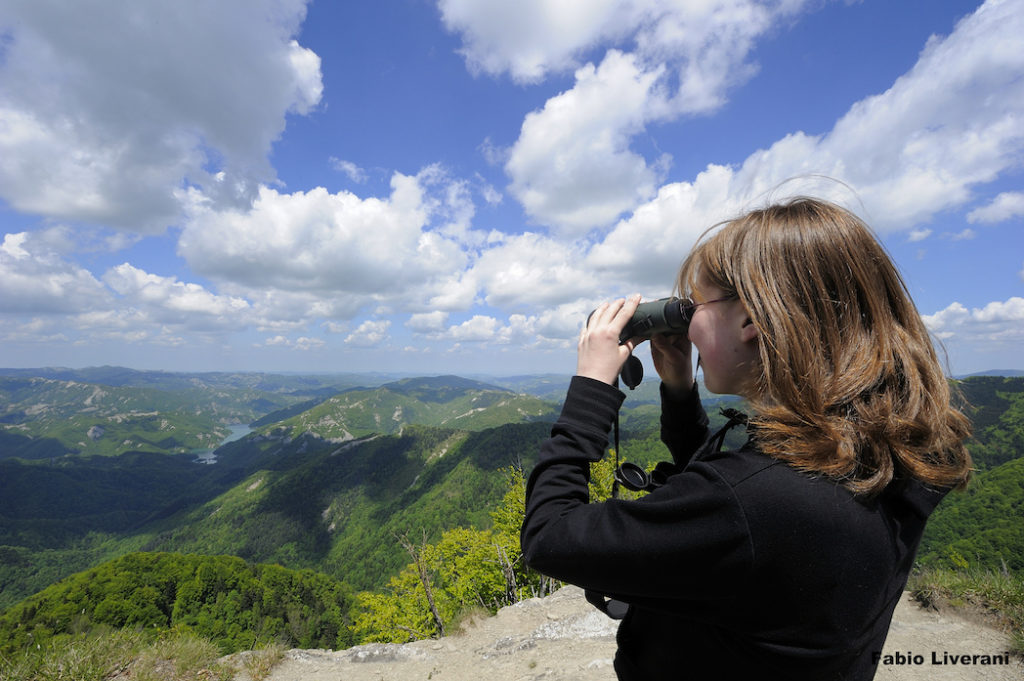

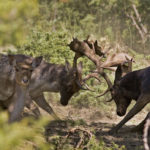

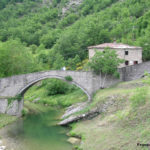
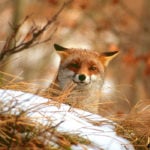


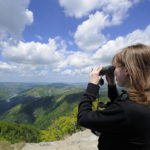


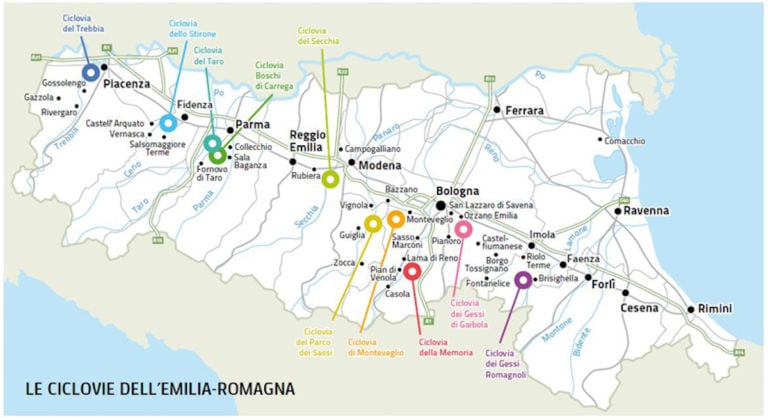

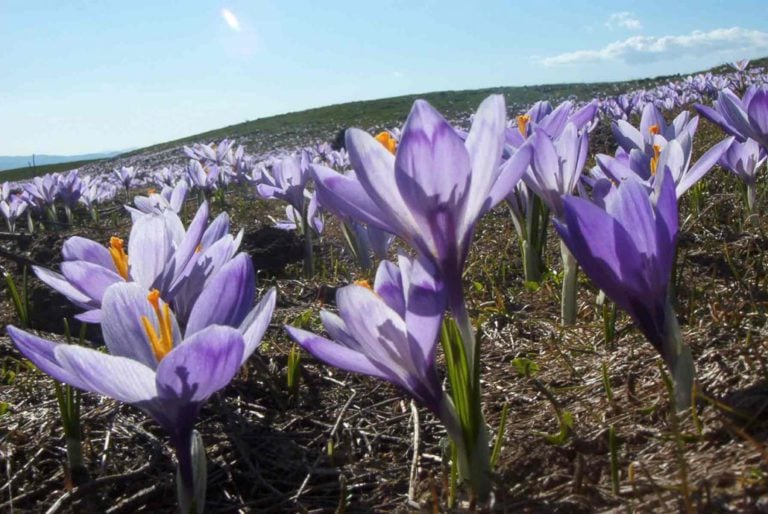


Simonetta Milli Konewko
Congratulations for the great work. Some places mentioned here and associated with the region of Emilia Romagna belong to the region of Tuscany. For instance, it is confusing to mention La Verna Sanctuary in this context. Thanks for your consideration.
Walter Manni
Hi Simonetta,
The Foreste Casentinesi National Park is an interregional park and therefore some of its top spots can fall into the neighboring regions.
Thank you for writing us.
Walter – InEmiliaRomagna Staff